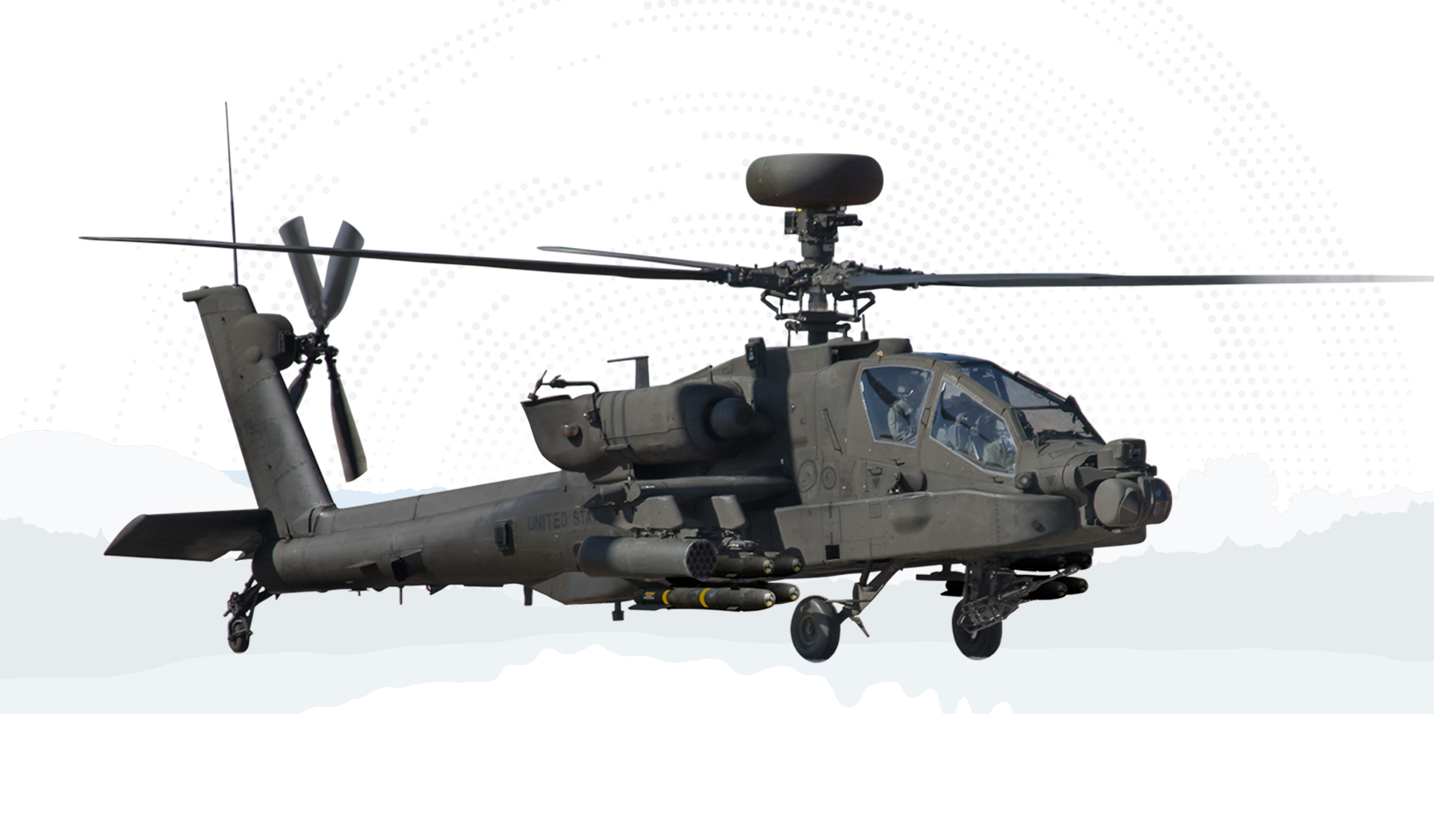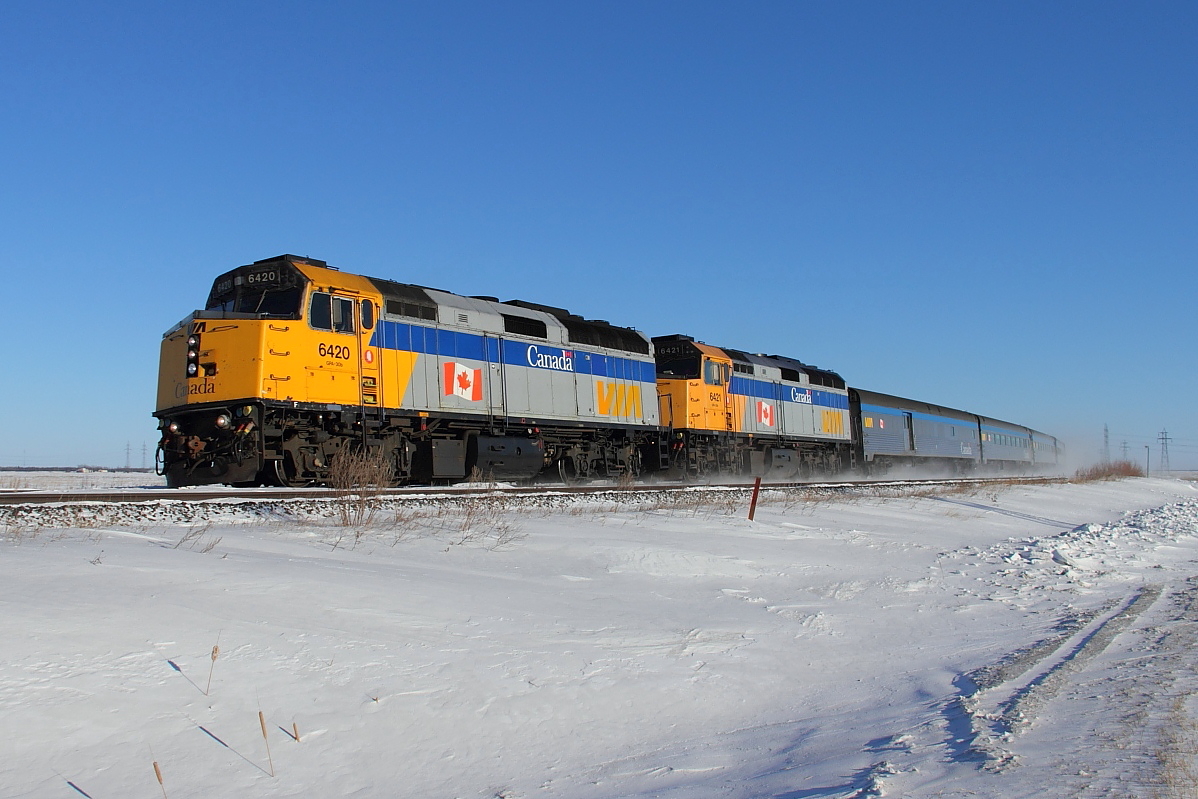daftandbarmy
Army.ca Fossil
- Reaction score
- 42,823
- Points
- 1,160
If I'd been in a Bell 412 instead of a -60, I would not be typing right now...
Pictures, should they exist, would be fun

If I'd been in a Bell 412 instead of a -60, I would not be typing right now...
I was not even thinking of that at the time -- the SEAL ASP had just been blown about 2 min after we landed and things where a little hectic - plus it was steak and lobster night at the DFAC (I do think the cooks were also on the fire staff - as the food wast tainted by Diesel and cold when I managed to get a meal). I've got some of a MRAP I was in that took an IED - and a pretty terrible shot of a SAM that was shot at another Blackhawk I was in -- I didn't know what it was at the time - at first I thought it was just a flare from another helo - but realized later by the pilots reactions/and corresponding flight pattern, and the crew chief doing a mad minute on his 240 that something was up)Pictures, should they exist, would be fun
Osprey has a decent payload - granted the F model Hook does out do it (15k lbs versus 21k) - but larger tilts are coming.
I personally view civilian A/C as In Extremis use only - like a Dunkirk style evacuation - as they are not hardened against EW, ground fire - have no counter measures - and don't have TRF or Low/No Light Capability.
If I'd been in a Bell 412 instead of a -60, I would not be typing right now...
FRP everyone and give the US DoD 15B a year then...Good enough. So do we keep a civilian fleet for everyday use when no one is shooting at us? Or a military fleet that gets eaten up doing stuff for which it is overkill? Or do we do something else? Accept that the military solution is overkill but reserve it for "break the glass" scenarios and scatter them for use by reservists and qualified civilians?
My point would be - you can cascade the Griffons to the Reserve - when a new program kicks off -- but if you have enough airframe you don't need to run them ragged in peacetime.We can't afford to replace large fleets of high-tech gear on the same two year schedule we used to use when buying Dodge Chargers. Brits, the Yanks and the Aussies can't afford it either. They are making adjustments and deciding what risks they can afford to take.
I'm not sure if you're being serious at this point -- but I'd argue virtually nothing is the same as under Reagan.The Aussies are the least risk averse. The Brits have started one of their occasional major resets, to the chagrin of retired Colonels everywhere. The Yanks - Well if our Cyclone programme looks shaky we might want to look at any US vertical lift programme of the last 40 years and ask why the fleet still looks like Ronald Reagan's? As does the fleet of Tanks and APCs/IFVs and SPHs.
The difference is the Apache is still a first rate AH, and the Echo V6 is a long long long way ahead of even a Longbow D model.There was the Kiowa. Then there was the Comanche. Then there was the Arapaho. Then they were all scrapped and replaced with the 1980s vintage, 40 year old, Apache. And grandfather has replaced the handle, and the head, on that axe a number of times.
We have to work with what is given.

I was thinking more temperate climate conditions but don't disagree with your winter kit numbers.Doing Kevin math - that makes roughly 8.5 birds / squadron of Griffons, I will use 10 for the Operational Sqn for simplicities sake.
...
Best case scenario you get all 15 hooks - you still need to cut some to the guns - and if you leave the guns - that's 450 troops going North - plus the Griffons - so a BN Minus in one sortie
I've gone several different directions depending on whether the argument is based on current equipment; relatively possible future equipment; or pie-in-the-sky if I were king equipment.I would make 4 Bde, using the reserves to bring the #'s up.
2 Light 1 Med, and 1 Mech (I refuse to call anything with LAV's Heavy regardless of the Leo 2).
Yeah. I was thinking minimal new facilities and the ability to draw on having squadron facilities collocated where a pool of reservists exist. Pet really sucks for that. That shouldn't stop the Wing HQ from moving to Pet but would leave the squadrons dispersed and instead of building new hangers would spend the cash on ATGMs instead.I was following you until that -- I would colocate in 1 spot -- Sqn's can do away trips to the other locations for training every few months.
As I said above - I think 1 Wing needs to be colocated in Pet.
Of course we both know that with our procurement system for helicopters we'd get neither before 2040.For 2030 - I'd be trying to find a Griffon replacement
No idea.FJAG,
So a question for you? I've worked with many ex-military pilots on wildfire duties from multiple nations from Vietnam to Australia to Norway and I wonder how difficult it would be to find a pilot/civilian charter that has the following:
1) Military background to allow for clear understand of command functions
2) Use of a Bell 212 for at least daytime Medivac. For reference we use them and/or Astar's for this depending on situation.
3) Use of a Astar or 212 for recce work? I use these folks as an intelligence asset when working Plans roles and to do low level flight and/or mapping and/or over C&C is possible and common uses for us.
I wouldn't consider such a charter fleet as a viable alternative. It's far safer and easier to ferry a military flight or two out west for the odd exercise. Personally, once you remove the light battalion from 1 CMBG the need for aviation support in training becomes minimal. For an armoured brigade recce/attack helicopters are useful. I don't consider the Griffon a very viable recce helicopter (others may disagree) and we don't have attack helicopters so its a stretch at the best of times.What this does not allow however is:
A) Lack of experience if the concentrated squadrons do not work with 1CMBG
B) Lack of overland travel experience. A critical Canadian skill especially if you're into Mountain ops vs. coastal vs. artic training
C) Possible OPSEC issues due to radio usage. But these guys can already operate with CFB Cold Lake on fires (with permission) so less of an issue
D) possible insurance issues?
Again I'm looking at this from an augmentation, short term charter perspective as an alternative to maintaining a second, expensive fleet that is occasionally used for 1 CMBG. It's a trade off of dollars and accepting a lesser capacity potentially in order to maintain training at "good enough" levels....which might be fine for a Company Level or even Battalion exercise but should be not accepted if you're doing Combat Team (sorry...brain fart on the right term as that's a US expression) final mission training or Brigade level exercises.
It's looking at what's good enough vs. perfect scenario and when do we need each?
foresterab
I'm sure that there are other aircraft types, from Beavers to the biggest jet liners, that can be leased as required for a variety of reasons.
As a result, I'm not sure that you could argue successfully for a (big, sexy, expensive) tilt rotor for domestic purposes.
Sort of a CRAF for the North? -- subsidize certain platforms for Canadian companies, with the agreement that those who partake do need to be willing to supply crews and craft if called up.Lenaitch,
I would sooner the government bought a standardized fleet to be manned by part-time civilians and then sold off on a regular schedule. The fleet would then be renewed. Might even put a few Hercs in the mix.
Development up north is going to cost money. Something is going to have to be subsidized. Why not helicopters and aircraft?
Lenaitch,
I would sooner the government bought a standardized fleet to be manned by part-time civilians and then sold off on a regular schedule. The fleet would then be renewed. Might even put a few Hercs in the mix.
Development up north is going to cost money. Something is going to have to be subsidized. Why not helicopters and aircraft?
To an enlightened CAF, I would agree, KevinB. The reality of all this (including the political reality) is that we won’t have tiltrotors anytime soon, well continue to have some type of Camada/Quebec/Mira-Bell product now and in the future, we won’t get anymore Chinooks, and there is no way in earth one could ever get a ‘civilian surge’ rotary-wing capability trained up on NVG and able to support even moderately opposed operations that would otherwise provide, to quote Battlestar Galactica, a rag tag (fugitive) fleet…I'm a firm believer that future CF rotary assets need to be tilt-rotor - if just for the Domestic aspect.
I would have preferred the V-22 to the Hook honestly - (sorry GTG) as I think it offers more to the CF.

That sounds like every White Paper I've seen since the 1980s.If we're looking at what we'd like the Army to be capable of in the near to mid term within the constraints of what equipment we currently have (and what realistically we can hope to get in the current economic climate), here's what I'd hope to see:
1) The ability to independently deploy a credible military force (even if Light-weight) to a distant location within a reasonably quick period of time (days/weeks vs weeks/months). This could include anything from friendly, well supported environments like NATO Europe to austere environments like the Canadian Arctic.
2) The ability to contribute a heavier, high-intensity combat capable force as a contribution to a larger, allied force in case of a major conflict.
3) The ability to continue to contribute forces capable of partaking in stability/counter insurgency operations in cooperation with allied forces and host nation forces (including capacity building).
4) Our deployed forces should not have to rely on higher level allied formations for capabilities which should normally be present in the size of force we have deployed.
If we're looking at what we'd like the Army to be capable of in the near to mid term within the constraints of what equipment we currently have (and what realistically we can hope to get in the current economic climate), here's what I'd hope to see:
1) The ability to independently deploy a credible military force (even if Light-weight) to a distant location within a reasonably quick period of time (days/weeks vs weeks/months). This could include anything from friendly, well supported environments like NATO Europe to austere environments like the Canadian Arctic.
Every white paper that we haven't fully implementedThat sounds like every White Paper I've seen since the 1980s.
To an enlightened CAF, I would agree, KevinB. The reality of all this (including the political reality) is that we won’t have tiltrotors anytime soon, well continue to have some type of Camada/Quebec/Mira-Bell product now and in the future, we won’t get anymore Chinooks, and there is no way in earth one could ever get a ‘civilian surge’ rotary-wing capability trained up on NVG and able to support even moderately opposed operations that would otherwise provide, to quote Battlestar Galactica, a rag tag (fugitive) fleet…
That why I stated earlier the best the Army can expect out of (rotary) aviation is a CoyGp…maybe (+) on a good day. Call it a BG (-… or even - -) if you want, but PRes and eqpt readiness and op avail levels will not realistically support more. Folks like to use max kit fleet sizes to plan ops, but that doesn’t happen…ever. I notice nobody is planning a BDE (X) armoured operation with ‘all of our’ 82 Leo2 A6M/A4M tanks.
Kirkhill, for the Yellowknife suggestion:
View attachment 66758

 natoassociation.ca
natoassociation.ca

That sounds like every White Paper I've seen since the 1980s.
Kirkhill, I seriously doubt we’ll do much about NWS station security…especially if the PIN-3 mystery fire at Lady Franklin Point is any indicator.
Just an unforeseen fire, folks. Nothing to see here.
View attachment 66759

